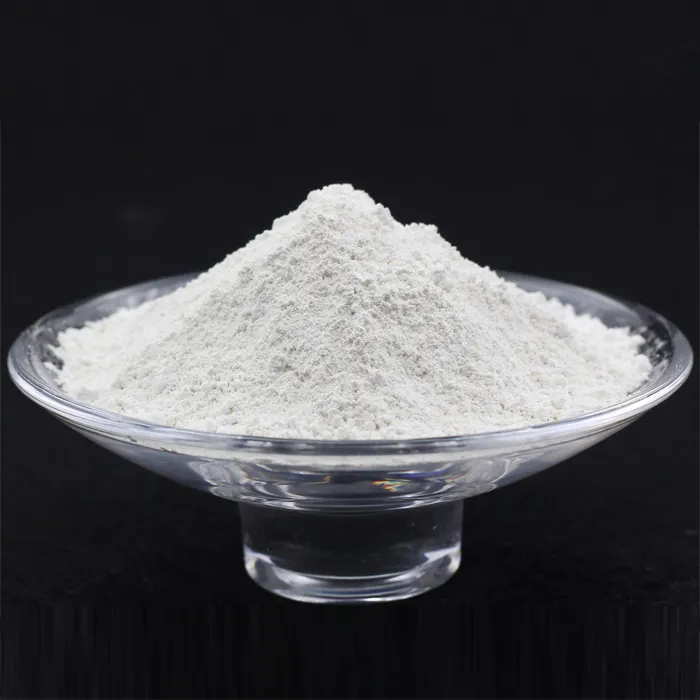Ornithine Aspartate in Hepatic Encephalopathy A Therapeutic Perspective
Hepatic encephalopathy (HE) is a complex neuropsychiatric disorder arising from liver failure. It is characterized by a spectrum of neurological symptoms resulting from the accumulation of toxic metabolites, primarily ammonia, in the bloodstream due to compromised liver function. This condition significantly affects patient quality of life and poses a considerable burden on healthcare systems. Among the therapeutic interventions explored for managing HE, ornithine aspartate (OA) has emerged as a potential treatment option due to its biochemical properties and favorable outcomes in clinical studies.
Ornithine aspartate, a compound formed from ornithine and aspartate, plays a crucial role in the urea cycle and amino acid metabolism. The primary action of OA involves enhancing the detoxification of ammonia by facilitating its conversion into urea, thus reducing the levels of ammonia in the blood. This mechanism is particularly important in patients with HE, where ammonia accumulation correlates strongly with the severity of neurological symptoms.
Research studies and clinical trials have evaluated the efficacy of ornithine aspartate in patients with HE. The results have been promising, indicating that OA administration can significantly lower serum ammonia levels and improve clinical symptoms associated with the condition. For instance, a multicenter study demonstrated that patients receiving OA experienced a reduction in the severity of HE episodes compared to those treated with conventional therapies. Furthermore, OA has been shown to have neuroprotective effects, potentially mitigating the cognitive impairments associated with HE.
ornithine aspartate in hepatic encephalopathy

The mechanism through which OA exerts its effects involves several pathways. By increasing the availability of key substrates in the urea cycle, OA facilitates the conversion of ammonia to urea in the liver. Additionally, aspartate, one of the components of OA, has a role in neurotransmitter regulation, which may help in restoring the balance of brain function disrupted by ammonia toxicity. This dual action, addressing both the chemical imbalance in the body and the neurological symptoms, places ornithine aspartate as a valuable agent in the management of hepatic encephalopathy.
In clinical practice, OA is typically administered intravenously or orally, depending on the clinical scenario and patient condition. The accessibility and relatively straightforward administration of ornithine aspartate make it an appealing treatment option. Moreover, its safety profile is favorable, with minimal side effects reported in clinical studies, further supporting its use as a therapeutic agent in HE.
In conclusion, the role of ornithine aspartate in the management of hepatic encephalopathy highlights the ongoing evolution of treatment strategies for this challenging condition. Its ability to lower ammonia levels, improve neurological symptoms, and provide neuroprotective effects stems from its unique biochemical properties. As research continues and more extensive clinical trials are conducted, ornithine aspartate may solidify its place as a cornerstone therapy in HE, offering hope for improved patient outcomes. As we strive to better understand and treat hepatic encephalopathy, ornithine aspartate stands out as a promising option in the therapeutic arsenal against this debilitating disorder. The integration of OA into standard treatment protocols could pave the way for more effective management strategies, ultimately enhancing the quality of life for those affected by hepatic encephalopathy.

